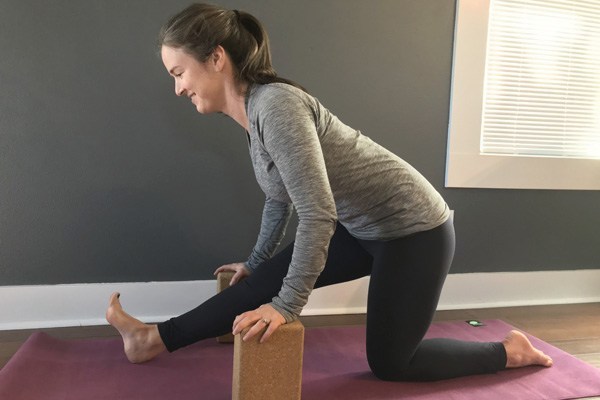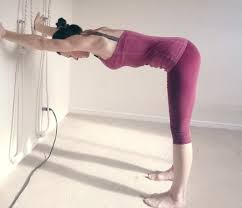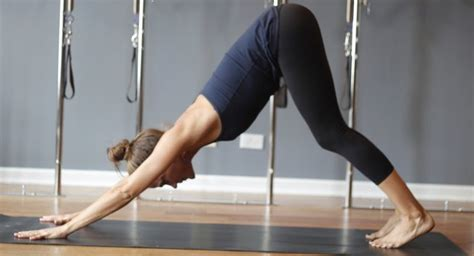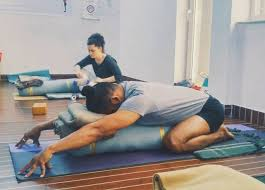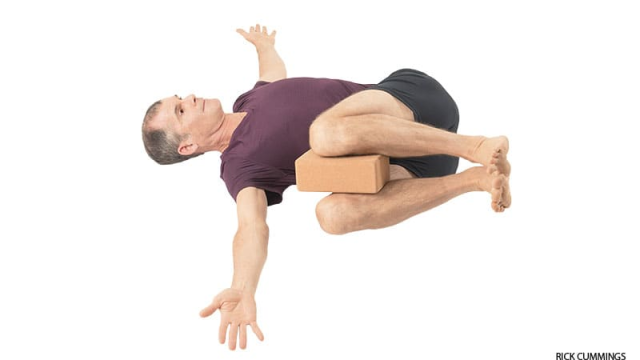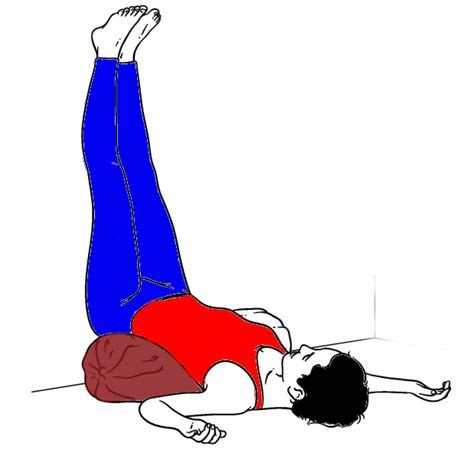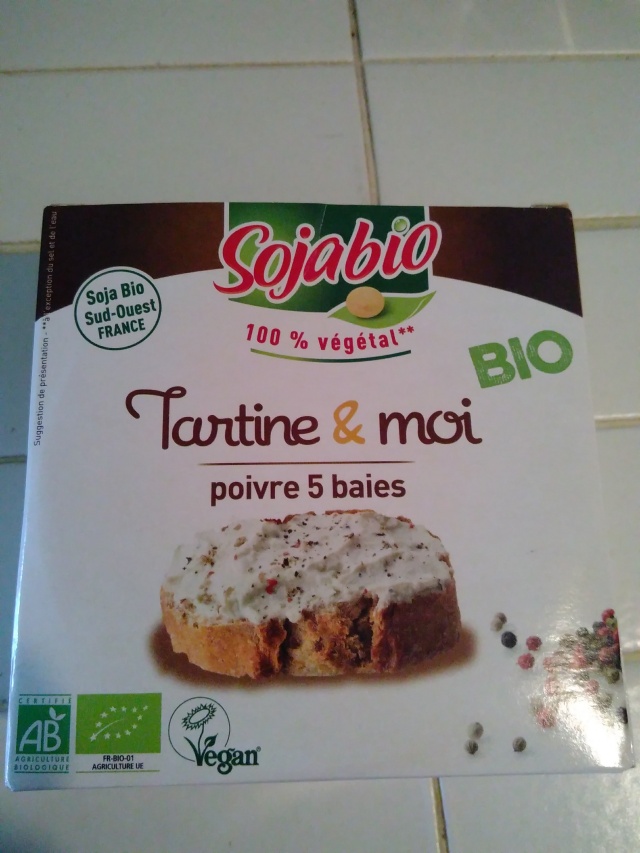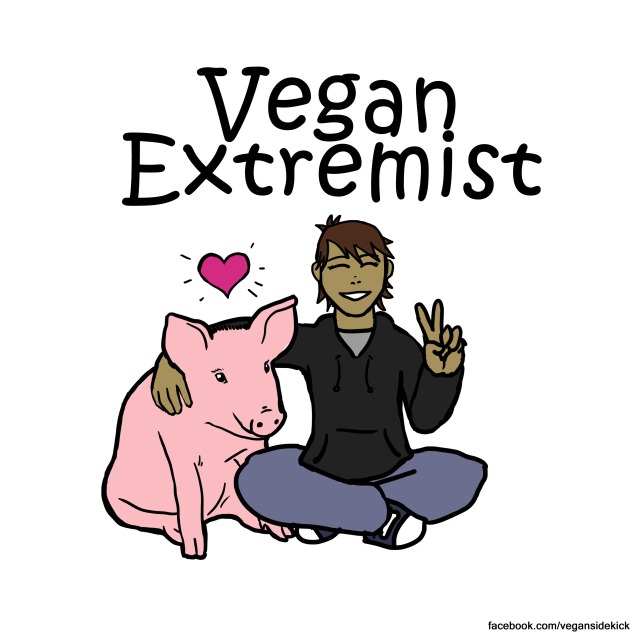Similarly to the low-back pain sequence, this was requested – though this time by students. It is also a relatively short sequence that can be practiced everyday, by anyone, and would take 15 minutes max. The goal here is to become more flexible and lengthen the hamstrings.
You will need: a wall, and a belt. Bolster and blocks not necessary but if you have them I will indicate where you can use them.
Start with your legs up the wall (viparita karani), no bolster under the hips. Press your heels up towards the ceiling and against the wall. Press the ball of the big toe up towards the ceiling. Open the back of the knee, knee caps “up” (towards your hip), bring the back of the thigh towards the wall. Relax the throat and tongue, hands pressing down into the floor by your hips (palms down).
Repeat 5 times with one or two breaths of rest in between (total around 3′).
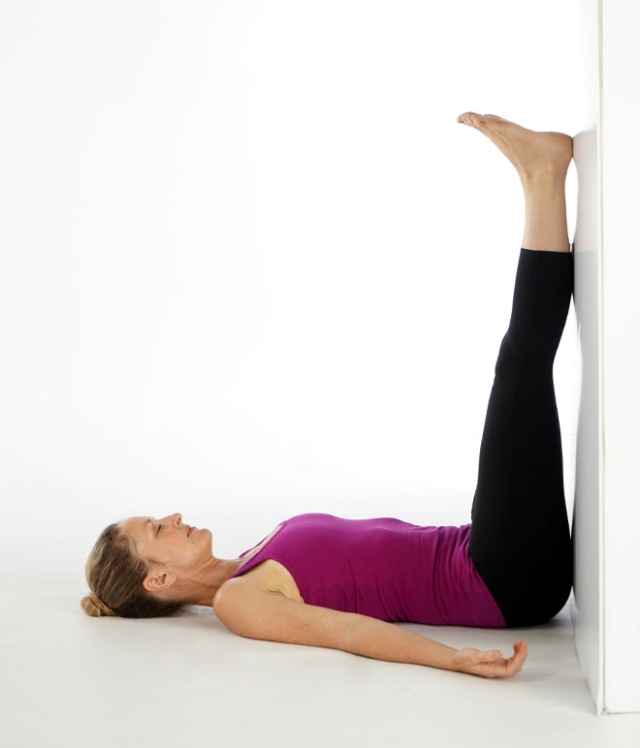
See the space between the back of the thighs and the wall? You want to make that space inexistant so that the whole back of the legs presses against the wall. You can bring the palms of the hands down and press them into the floor.
Bend the knees and slide back towards the center of the room until you are in supta tadasana with both feet pressing against the wall. Grab the belt, bend your right leg and bring the belt over your right foot, then straighten the leg up. Both legs need to be straight, so only get the leg up to 90 degree angle if you can do so with both legs straight. Otherwise lift the leg up as high as you can without bending either leg. Make sure your left thigh is also going down towards the floor (no gap between the thigh and the floor).
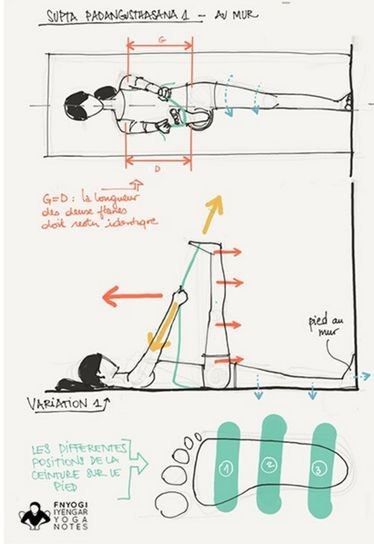
Supta Padangusthasana I with the wall and a belt. Both sides of the trunk are even, foot presses against the wall, arrows indicate directionality. Credit: https://www.iyengaryoganotes.com/
Change sides, 1′ each. Repeat both sides once. Repeat again, quickly bring the leg to the left over the midline, grab the belt closer to the foot and then bring the leg out to the left side (Supta Padanghustasana II):
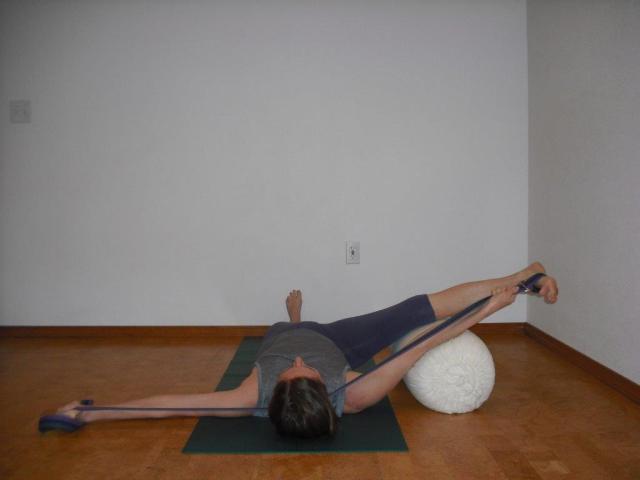
If you have a bolster, you can use it for support as demonstrated here. If this is a very difficult pose for you bring the bolster closer to your outer hip. Credit: https://sunfloweryoga.net/
Keep both legs straight, left thigh presses down towards the floor. Stay as long as you can maintain both legs straight. Change sides. Bend your knees to your chest, roll out to the side and come up to standing.
Ardha Uttanasana with the wall (or blocks, 1′ or as long as you can hold it): this is a great demonstration, nothing more to add – please follow these instructions up to point 4! Use the blocks only when you can keep the chest lifted with straight legs:
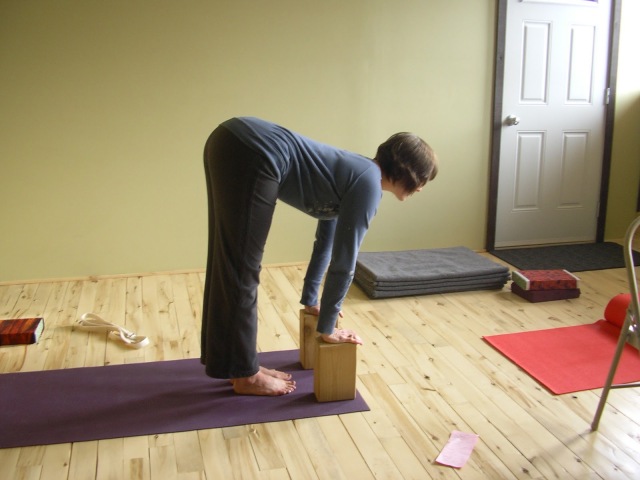
If you have time (optional): Ardha Hanumanasana (half monkey pose or half splits). Kneel onto the mat and bring your hips on top of your knees. Extend your right leg in front of you, heel on the floor – toes up, and slide the leg away from you. Straighten the leg by strongly pressing the heel down into the floor and bringing the knee cap up. Bring the chest slightly forward, back straight. Take support for your hands onto blocks if you have them. Stay 30 seconds up to a minute each side.
And finally, downward facing dog – Adho Mukha Svanasana with the hands up on blocks if you have them and heels up against the wall:
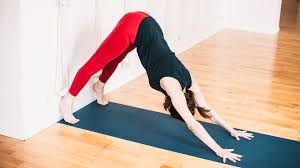
Downdog with the heels up against the wall, credits Kasia Zacharko.
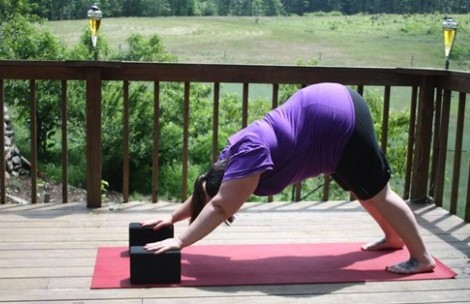
Exemple of hands on blocks which you can combine with heels on wall. Having the hands higher up helps taking the weight back onto the legs and feet, which helps with keeping a neutral spine so that the work can be focused on straightening the legs, aka working out these hammies! Credit bodypositiveyoga.
Stay in the pose as long as you can maintain the right alignment, then rest in child’s pose. Repeat twice for a total of 3 times. Finish in child’s pose with the forehead resting onto the floor or savasana for a couple of minutes.
As usual, happy to take comments / suggestions / feedback! Let me know if you tried it, and if you liked it! Also if something doesn’t work for you it’s always interesting for me to hear it and find out a way to make the pose work for you.
